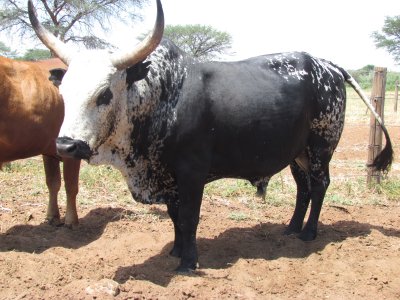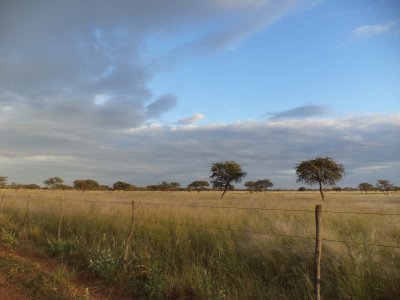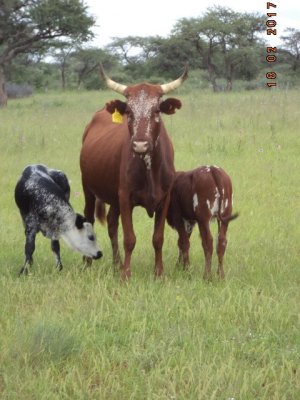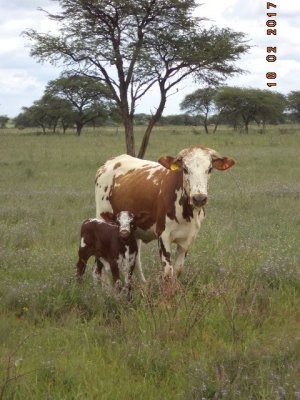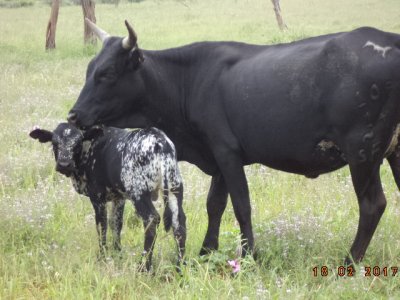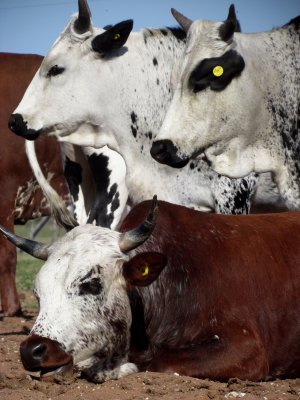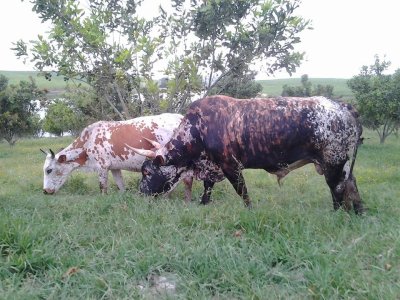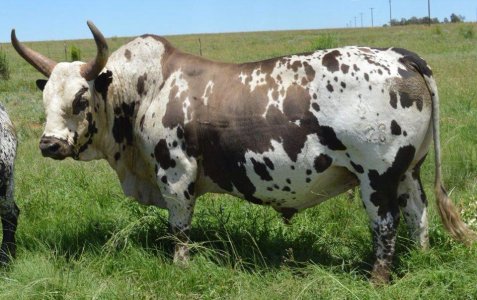Lee VanRoss
Well-known member
- Joined
- Apr 26, 2020
- Messages
- 2,392
- Reaction score
- 2,682
Georg> As I understand it your dollar is valued 1 to 1 with the Rand and around 7 cents to the USD? (or 15-1) I have no idea if the
operations there are heavily mechanized or depend on the availability of cheap labor. I think it would be a political football to have
the bulk of the populace walking around with the power of the ballot and no education or motivation for achievement. Do you (as in
managers and operators as a whole) rely on transient labor to move livestock or is this done with fencing and a minimum of labor?
Also, by what means do you market your produce and livestock? Is this done at the farm or transported to an auction and subject to
public bidding? And I am compelled to ask, with respect, does the general populace have the command of english that you seem to
display for which I am most grateful. I am, however; at a loss to understand how any exchange between us can mediate the problems
enumerated by yourself. This being said, you are in a position that any of us here could find ourselves embroiled in and submit any
solution arrived at would be mutally benficial so please stay in contact. Also not sure if it is possible but I am sure any photos you
could send would be appreciated on this end! Now that I have thrown any thread of continuity out the window what wild animals
are native to your farm and what effect do they have on your operation? All for now LVR
operations there are heavily mechanized or depend on the availability of cheap labor. I think it would be a political football to have
the bulk of the populace walking around with the power of the ballot and no education or motivation for achievement. Do you (as in
managers and operators as a whole) rely on transient labor to move livestock or is this done with fencing and a minimum of labor?
Also, by what means do you market your produce and livestock? Is this done at the farm or transported to an auction and subject to
public bidding? And I am compelled to ask, with respect, does the general populace have the command of english that you seem to
display for which I am most grateful. I am, however; at a loss to understand how any exchange between us can mediate the problems
enumerated by yourself. This being said, you are in a position that any of us here could find ourselves embroiled in and submit any
solution arrived at would be mutally benficial so please stay in contact. Also not sure if it is possible but I am sure any photos you
could send would be appreciated on this end! Now that I have thrown any thread of continuity out the window what wild animals
are native to your farm and what effect do they have on your operation? All for now LVR

